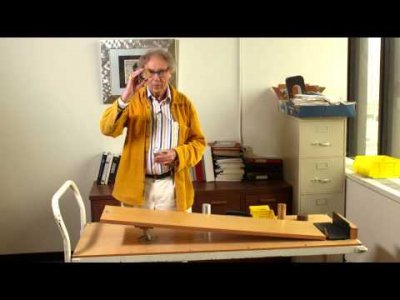-
Posts
2,778 -
Joined
-
Last visited
-
Days Won
49
Content Type
Profiles
Forums
Downloads
Blogs
Events
Store
Posts posted by FizziksGuy
-
-
A penny saved is a penny earned!
-
That is quite the find! Very cool... well done!
-
Very nice! Congrats on the achievement payouts!
-
What's Bob going to do after he achieves orbit to get home safely?
-
That is one mighty-fine lookin' Kerbal!
-
Nicely done team! That's quite the accomplishment!
-
-
Nice flight!!! Looking forward to the Mun landing!
-
Looks like a fun adventure!
-
Another successful venture!!! Great job!
-
Well done team!!!
-
That's the richest pauper I've ever heard of...
-
 1
1
-
-
Quite the aggressive goal. Might want to expand out that "pilot plan" a bit, as having thought through and researched the details could save a Kerbal life!
-
Looking forward to reading about the launch!
-
 1
1
-
-
Nice pre-launch plan!
-
Well done team! Go Kerbals!
-
Great pre-launch briefing. Looking forward to hearing how it goes!
-
Fantastic first mission! Love the name...
-
Hi Maren,
The positive/negative impulse implies direction. By Newton's 3rd Law, if the block applies an impulse to the ball of 10 N*s, the ball must apply an impulse back to the block of 10 N*s in the opposite direction, therefore the block experiences an impulse of -10 N*s. Since its mass is 0.5 kg, its change in velocity must be -20 m/s. If it's going 20 m/s in the positive direction, and experiences a change of -20 m/s, that leaves it at 0.
Think of it this way. As the block travels to the right (positive direction) and hits the ball, it pushes the ball to the right, so the ball receives a positive impulse. Likewise, the ball must push the block to the left, so the block receives a negative impulse.
This is not a realistic problem, but from a theoretical standpoint it walks you through some of the key points of momentum. The area under a force-time curve gives you the impulse (calculated in part A). In part B, you use the impulse-momentum theorem to find the change in the ball's velocity. In part C, you use Newton's 3rd Law coupled with the impulse momentum theorem to find the velocity of the block after the collision. And in part D, you utilize the definition of a elastic vs. inelastic collisions.
-
Some students did a bit of investigating physics of darts not long ago...
-
Hi SamDiab. What have you done so far to get started in this problem? If it has you stumped so far, I'd recommend listing what is given, what you're asked to find, and then looking for potential relationships between the two. For example:
m=1.2 kg
h=1.4 m
t=8 hrs = 28,880 s
P= 0.50 hp = 37.28 W
Find: mass lifted (then you can divide by 1.2 kg/brick to get number of bricks)
-

Name: Brainiac - Electric Fence
Category: Electricity & Magnetism
Date Added: 2017-12-18
Submitter: FizziksGuyElectric Fence Experiment Richard Hammond shows the Brainiacs how fun Electricity can be. Also, yes, if you are in the air when the electricity goes through, you don't get a shock. You don't get shocked if the circuit (box to fence to person to ground to box) doesn't complete. On top of that, the end where he ALMOST shakes Hammond's hand, he doesn't. Also, the slight gap in time between feet hitting ground and the shock can be attributed to the 1-2 second delay caused by the fence not being constantly on.
Brainiac - Electric Fence -

Name: Walter Lewin Demonstrates Moment of Inertia
Category: Rotation
Date Added: 2017-12-05
Submitter: FizziksGuyThe concept of moment of inertia is demonstrated by rolling a series of cylinders down an inclined plane. Visit physicsworld.com for more videos, webinars and podcasts. http://physicsworld.com/cws/channel/m...
Walter Lewin Demonstrates Moment of Inertia -
SimuLAB: Motion in a Circle
Interactive simulation lab activity where students explore quantities describing circular motion.
-
Submitter
-
Submitted11/30/2017
-
Category
-





KT Explorations Inc.
In Labs and Projects
Posted
A fantastic Kerbal season!